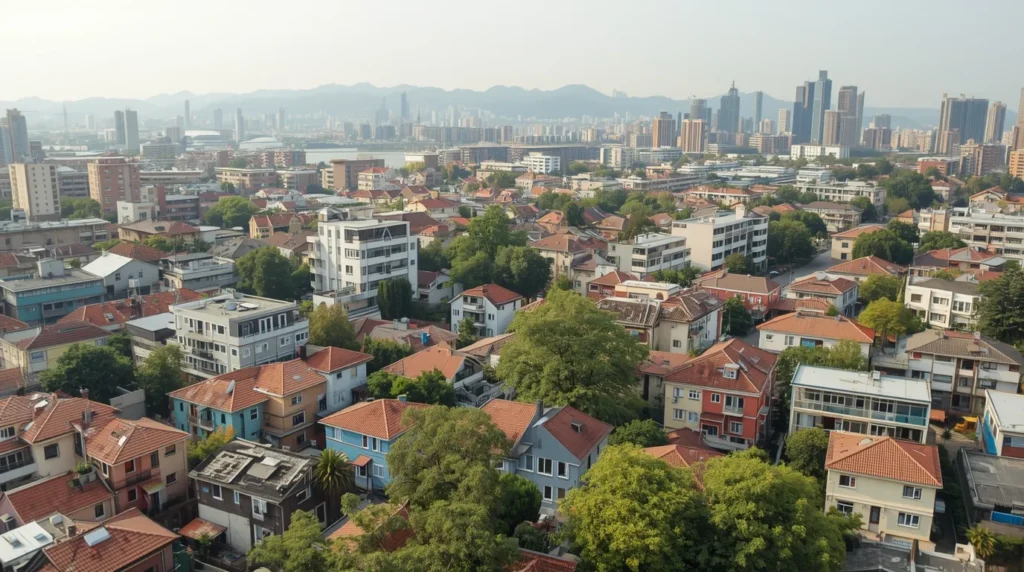Building Safer Communities
A safe community isn’t built by one person or one organization alone — it thrives through collective effort, shared responsibility, and meaningful partnerships. When neighbors, local organizations, authorities, and individuals work together, they create stronger, more connected, and safer environments for everyone.
In this blog, we’ll explore why collaboration is essential for community safety, practical ways to foster it, and how each individual can play a role in creating positive change.
1. Why Collaboration Matters for Safety
Collaboration brings together different perspectives, resources, and skills to address safety challenges more effectively. Some key benefits include:
- Shared Knowledge: Community members often notice issues that authorities may overlook.
- Stronger Trust: Working together builds stronger relationships between residents and local institutions.
- Faster Response: Collaborative networks can act quickly during emergencies.
- Sustainable Solutions: Long-term safety requires ongoing collective engagement, not one-time actions.
2. Strengthening Neighborhood Connections
Community safety begins with strong neighborhood ties. You can help build these by:
- Organizing regular neighborhood meetings or block parties.
- Starting a neighborhood watch or alert system.
- Creating social media groups for communication and updates.
- Encouraging residents to look out for each other and report concerns.
When neighbors know each other, they’re more likely to work together and prevent unsafe situations.
3. Partnering with Local Authorities and Organizations
Collaboration between communities and local bodies is essential. Consider:
- Police Partnerships: Join community policing initiatives to improve trust and response times.
- Schools and NGOs: Partner with schools and nonprofit organizations to educate youth and organize awareness programs.
- Local Businesses: Involve businesses in safety efforts like better lighting, funding community events, or offering safe spaces.
These partnerships create a network of shared responsibility that strengthens overall safety.
4. Promoting Education and Awareness
Education empowers communities to take proactive measures. Examples include:
- Hosting workshops on self-defense, fire safety, or first aid.
- Sharing information on recognizing suspicious activities.
- Educating residents about emergency plans and contact numbers.
- Spreading awareness through flyers, social media, or community bulletin boards.
When people are informed, they can prevent incidents and respond more effectively.
5. Leveraging Technology for Safety
Modern tools make community collaboration easier than ever:
- Neighborhood Apps: Platforms like Nextdoor or local WhatsApp groups keep everyone informed.
- Surveillance & Lighting: Installing shared cameras or improving lighting deters crime.
- Emergency Alerts: Real-time notification systems can mobilize help quickly.
Technology acts as a bridge, connecting people and resources efficiently.
6. Encouraging Inclusivity and Participation
A truly safe community is inclusive. It involves everyone — youth, seniors, differently-abled individuals, and marginalized groups. Encouraging open dialogue ensures all voices are heard, and everyone feels invested in community well-being.
Final Thoughts
Building safer communities is not a one-time effort — it’s an ongoing partnership built on trust, communication, and shared goals. By strengthening neighborhood connections, partnering with local authorities, promoting education, and leveraging technology, communities can create safer, more resilient environments for everyone.
When people come together with a shared purpose, safety becomes more than a goal — it becomes a way of life.

